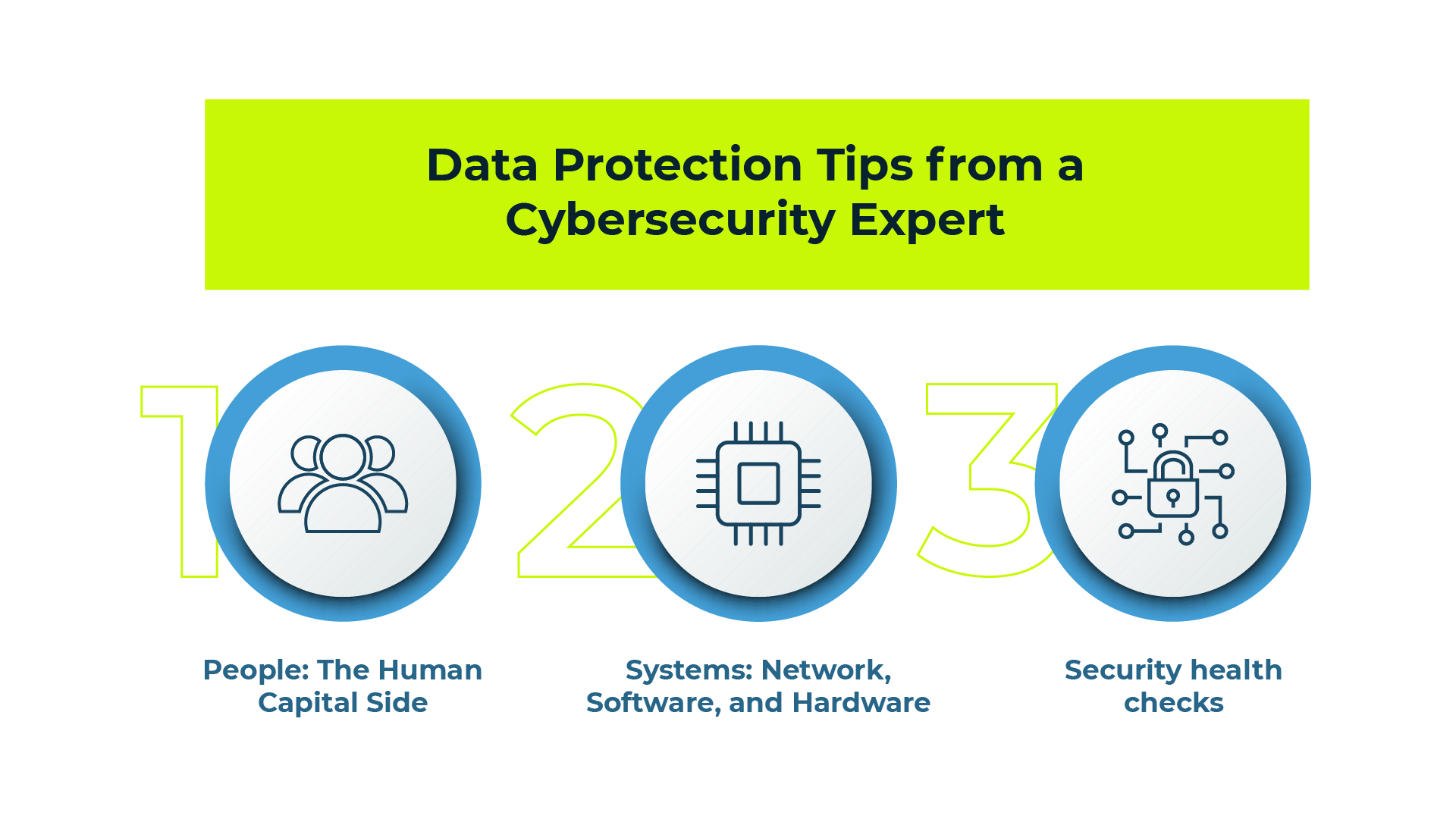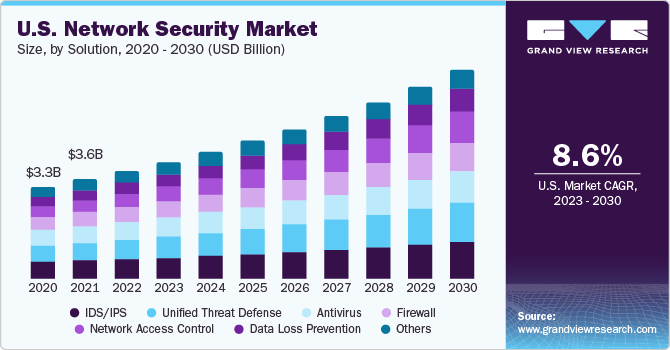How Data and Network Safety And Security Protects Against Arising Cyber Dangers
In an age noted by the rapid advancement of cyber risks, the relevance of data and network protection has never ever been more noticable. As these threats end up being extra complex, comprehending the interaction in between information safety and security and network defenses is important for alleviating risks.
Comprehending Cyber Dangers

The ever-evolving nature of technology consistently introduces brand-new vulnerabilities, making it important for stakeholders to continue to be attentive. Individuals may unknowingly succumb to social engineering techniques, where enemies manipulate them into disclosing sensitive info. Organizations face one-of-a-kind challenges, as cybercriminals typically target them to manipulate valuable data or interfere with operations.
Furthermore, the increase of the Web of Points (IoT) has increased the attack surface, as interconnected devices can act as access points for enemies. Identifying the relevance of robust cybersecurity techniques is vital for minimizing these risks. By fostering a detailed understanding of cyber individuals, threats and companies can apply efficient approaches to guard their electronic properties, ensuring resilience in the face of an increasingly intricate threat landscape.
Key Components of Information Security
Ensuring information protection requires a multifaceted approach that incorporates numerous vital parts. One essential component is data security, which changes sensitive info right into an unreadable style, obtainable just to accredited customers with the proper decryption secrets. This functions as an important line of protection against unauthorized accessibility.
One more important component is accessibility control, which regulates who can watch or control data. By implementing rigorous individual authentication protocols and role-based access controls, companies can reduce the threat of expert threats and information breaches.

In addition, information concealing methods can be utilized to safeguard sensitive information while still allowing for its usage in non-production atmospheres, such as testing and development. fft perimeter intrusion solutions.
Network Security Strategies
Implementing durable network safety methods is vital for protecting an organization's electronic framework. These techniques include a multi-layered approach that consists of both hardware and software remedies created to protect the integrity, discretion, and accessibility of data.
One critical part of network safety and security is the release of firewall softwares, which function as an obstacle between relied on inner networks and untrusted outside networks. Firewalls can be hardware-based, software-based, or a mix of both, and they help filter outbound and inbound traffic based upon predefined security rules.
In addition, intrusion discovery and prevention systems (IDPS) play an important function in monitoring network website traffic for suspicious activities. These systems can signal administrators to possible violations and act to minimize threats in real-time. Regularly covering and updating software application is likewise essential, as susceptabilities can be manipulated by cybercriminals.
Furthermore, carrying out Virtual Private Networks (VPNs) makes certain secure remote gain access to, securing data sent over public networks. Lastly, segmenting networks can decrease the assault surface area and have potential breaches, limiting their impact on the general facilities. By taking on these approaches, organizations can effectively fortify their networks against arising cyber dangers.
Ideal Practices for Organizations
Developing best techniques for organizations is important in preserving a strong protection stance. A detailed strategy to data and network security starts with routine risk analyses to identify vulnerabilities and possible dangers.
Additionally, continual worker training and awareness programs are necessary. Workers must be enlightened on acknowledging phishing attempts, social design tactics, and the value of adhering to safety protocols. Normal updates and patch monitoring for software and systems are additionally important to shield against recognized vulnerabilities.
Organizations need to examine and create event action plans to make sure readiness for potential breaches. This consists of establishing clear communication channels and roles during a safety and security case. Information read this post here file encryption ought to be used both at rest and in transit to secure delicate details.
Lastly, carrying out regular audits and conformity checks will certainly aid ensure adherence to well established plans and relevant regulations - fft perimeter intrusion solutions. By following these best practices, companies can dramatically enhance their resilience versus arising cyber threats and safeguard their important assets
Future Trends in Cybersecurity
As organizations navigate an increasingly complicated digital landscape, the future of cybersecurity is positioned to progress dramatically, driven by moving and emerging innovations risk paradigms. One prominent fad is the assimilation of expert system (AI) and equipment learning (ML) into safety and security structures, permitting real-time threat detection and reaction automation. These modern technologies can evaluate substantial quantities of data to identify abnormalities and prospective violations extra effectively than conventional methods.
An additional critical pattern is the increase of zero-trust architecture, which calls for continuous confirmation of customer identities and tool safety, despite their location. This strategy reduces the danger of insider risks and enhances security versus exterior assaults.
Additionally, the boosting adoption of cloud services requires durable cloud safety and security approaches that resolve special susceptabilities related to cloud environments. As remote job comes to be a long-term component, securing endpoints will certainly additionally come to be vital, leading to a raised concentrate on endpoint detection and reaction (EDR) solutions.
Finally, regulative compliance will certainly remain to form cybersecurity practices, pressing organizations to adopt much more strict information protection steps. Embracing these trends will certainly be crucial for companies to fortify their defenses and navigate the evolving landscape of cyber dangers properly.
Conclusion
In verdict, the implementation of robust information and network protection actions is vital for companies to secure against arising cyber threats. By using encryption, access control, and efficient network safety and security approaches, organizations can dramatically decrease susceptabilities and protect sensitive details.
In an era noted by the rapid development of cyber threats, the importance of information and network security has never been much more obvious. As imp source these risks come to be more complex, comprehending the interaction between data security and network moved here defenses is vital for minimizing risks. Cyber threats incorporate a large variety of harmful tasks aimed at compromising the privacy, integrity, and availability of networks and data. A comprehensive approach to data and network security starts with regular risk assessments to determine susceptabilities and possible risks.In verdict, the application of robust information and network protection steps is essential for organizations to safeguard versus arising cyber risks.